KLAUS-DIETERSOMMER, Landesamt für Mess- und Eichwesen Thüringen (LMET), GermanySAMUELE. CHAPPELL, Consultant, Formerly of theNational Institute of Standards and Technology(NIST), USAMANFREDKOCHSIEK, Physikalisch-TechnischeBundesanstalt (PTB), Germany

Abstract
The most important actions required to ensure the correct indication of measuring instruments are: Kin industrial metrology, regular calibration of the measuring instruments according to the implemented quality systems; and Kin legal metrology, periodic verification or conformity testing of the instruments according to legal regulations. Both actions are strongly inter-related and are pre-dominantly based on the same measuring procedures. Historically, however, these actions have been established with separate rules, metrological infrastructures and activities. This paper, therefore, addresses the differences, common bases and the relationship between calibration and verification. In particular, the relationships between legally prescribed error limits and uncertainty and the uncertainty contribution of verified measuring instruments are discussed.
Introduction
The correctness of measurements and measuring instruments is one of the most important prerequisites for the assurance of the quality and quantity of products and services, and the accuracy of the instruments must be consistent with their intended use.
In compliance with the ISO 9000 standard series and the ISO/IEC 17025 standard, traceability of measuring and test equipment to the realization of SI units must be guaranteed by an unbroken chain of comparison measurements to allow the necessary statements about their metrological quality. The most important actions to ensure the correct indication of measuring instruments are: Kin industrial metrology: regular calibration of the measuring instruments according to the implemented quality systems; and Kin legal metrology: periodic verification or conformity testing of the measuring instruments according to legal regulations. Both actions are closely related and are mostly based on the same measuring procedures. Historically, however, these actions have been established with separate rules and metrological infra-structures and activities. Verification has become a principal part of legal metrology systems and calibration is widely used in quality assurance and industrial metrology – accreditation bodies prefer calibration as a primary action to provide proof of the correctness of the indication of measuring instruments. As a result, today it must be acknowledged that there is a lack of reciprocal understanding of the identical metrological nature of these activities between the different communities of users. In particular, their specific concerns are insufficiently understood, and there is widespread incomprehension concerning the relation-ship of error limits and uncertainty of measurement. For instance, the use of legally verified instruments within the framework of quality management some times presents problems since only the MPEs for the instruments are provided, without the measurement uncertainties being explicitly given.
1 Calibration
Usually, calibration is carried out in order to provide a quantitative statement about the correctness of the measurement results of a measuring instrument. For economic reasons, laboratories strive for broad recognition of their calibration and measurement results. Confidence in results, therefore, is achieved through both establishing the traceability and providing the un-certainty of the measurement results. According to the VIM [1], calibration may be defined as a “set of operations that establish, under specified conditions, the relationship between values of quantities indicated by a measuring instrument or measuring system, or values represented by a material measure or a reference material, and the corresponding values realized by standards”. This means that the calibration shows how the nominal value of a material or the indication of an instrument relates to the conventional true values of the measurand. The conventional true value is realized by a traceable reference standard [1]. According to this definition, calibration does not necessarily contain any actions of adjustment or maintenance of the instrument to be calibrated. Figures 1 and 2 show examples of calibration by means of the comparison method, i.e. by comparison of the indication of the instrument under test, and the corresponding indication of appropriate standards respectively. Calibration certificates for measuring instruments give the measurement deviation, or correction, and the uncertainty of measurement. Only this combination characterizes the quality of the relation of the measurement result to the appropriate (SI) unit. Figure 3illustrates the meaning of a (single) calibration result as it is typically presented. The uncertainty of measurement is a parameter, associated with the result of measurement, that characterizes the (possible) dispersion of the values that could reasonably be attributed to the measurand [1]. In other words, uncertainty is a measure of the in completeness of knowledge about the measurand. It is determined according to unified rules [2, 3] and is usually stated for a coverage probability of 95 %. Its value, together with the determined measurement error, is valid at the moment of calibration and under the relevant calibration conditions. If a recently calibrated measuring instrument is used under the same conditions as during the calibration, the measurand Y may be reduced to the following parts: Y = XS+ δX(1)where XS represents the corrected indication of the calibrated instrument. δX may be the combination of all other (unknown) measurement deviations due to imperfections in the measuring procedure. Thus, it follows that the associated standard uncertainty of the measurement carried out by means of a calibrated instrument is:u2(y) = u2(xs) + u2(δx)(2)
This means that the calibration uncertainty u(xs) of a newly calibrated instrument enters directly into the total uncertainty of the measurement u(y) as an (inde-pendent) contribution. When the calibrated instrument is used in a different environment, the measurement uncertainty determined by the calibration laboratory will often be exceeded if the instrument is susceptible to environmental influences. A problem can also arise if the instrument’s performance is degraded after prolonged use. Furthermore, the stated uncertainty of measurement can be considered as being related to national standards only for certificates issued by laboratories that have demonstrated their competence beyond reasonable doubt. Such laboratories are normally well recognized by their customers. In other cases, for example, when working standard calibration certificates are used, reference to the national standards cannot be taken for granted and the user must be satisfied as to the proper traceability – or take other actions. Sometimes, calibration certificates give a conformity statement, i.e. a statement of compliance with given specifications or requirements. In these cases, according to the EA document EA-3/02 [4], the obtained measurement result, extended by the associated uncertainty, must not exceed the specified tolerance or limit. Figure 4 illustrates this approach.
2 Verification and error limits in legal metrology
2.1 Verification
Verification of the conformity of measuring instruments is a method of testing covered by legal regulations. It is a part of a process of legal metrological control that in many economies requires type evaluation and approval
of some models of instruments subject to legal regulations as a first step. Figure 5 shows the typical test sequence over the lifetime of a measuring instrument subject to legal regulations. Type evaluation is usually more stringent than verification. It includes testing the instrument’s performance when subjected to environmental influence factors in order to determine whether the specified error limits for the instrument at rated or foreseeable in situoperating conditions are met [5].The basic elements of verification are [5]:K qualitative tests, e.g. for the state of the instrument(which is essentially an inspection); and K quantitative metrological tests. The aim of the quantitative metrological tests is to determine the errors with the associated uncertainty of measurement (cf. 1) at prescribed testing values. These tests are carried out according to well-established and harmonized testing procedures [5].
Following the definition of calibration, as given in 1,the quantitative metrological tests may be considered a calibration. This means that an instrument’s assurance of metrological conformity involves both verification and calibration, and the measuring equipment necessary to determine conformity during verification might be the same as that used for calibration, e.g. as shown in Figs. 1 and 2.The results of the verification tests are then evaluated to ensure that the legal requirements are being met(see 2.2). Provided that this assessment of conformity leads to the instrument being accepted, a verification mark should be fixed to it and a verification certificate may be issued. Figure 6 illustrates these elements of verification. According to the above definitions and explanations, Table 1 compares the primary goals and the actions of calibration and verification.
2.2 Maximum permissible errors on verification and in service
In many economies with developed legal metrology systems, two kinds of error limits have been defined: K the maximum permissible errors (MPEs) on verification; and K the maximum permissible errors (MPEs) in service. The latter is normally twice the first. MPEs on verification equal “MPEs on testing” that are valid at the time of verification. For the measuring instrument user, the MPEs in service are the error limits that are legally relevant. This approach is explained and illustrated in detail in 4.3 of [5].
The values of the error limits are related to the intended use of the respective kind of instrument and determined by the state of the art of measurement technology.
3 Relationship between legally prescribed error limits and uncertainty
3.1 General
If a measuring instrument is tested for conformity with a given specification or with a requirement with regard to the error limits, this test consists of comparisons of measurements with those resulting from use of a physical standard or calibrated standard instrument. The uncertainty of measurement inherent in the measurement process then inevitably leads to an uncertainty of decision of conformity. Figure 7 (taken from the standard ISO 14253-1) [6] makes this problem quite clear: between the conformance zones and the upper and lower non-conformance zones there is in each case an uncertainty zone whose width corresponds approximately to twice the expanded uncertainty of measurement at the 95 % probability level. The uncertainty comprises contributions of the standard(s) used and the instrument under test as well as contributions that are related to the measuring procedure and to the in-complete knowledge about the existing environmental conditions (cf. 3).Because of the uncertainty of measurement, measurement results affected by measurement deviations lying within the range of the uncertainty zones cannot definitely be regarded as being, or not being, in conformity with the given tolerance requirement.
3.2 Relationship upon verification
In practice, measuring instruments are considered to comply with the legal requirements for error limits if: K the absolute value of the measurement deviations is smaller than or equal to the absolute value of the legally prescribed MPEs on verification when the testis performed under prescribed test conditions; and K the expanded uncertainty of measurement of the previous quantitative metrological test (cf. 2.1), for a coverage probability of 95 %, is small compared with the legally prescribed error limits. The expanded measurement uncertainty at the 95 %probability level, U0.95, is usually considered to be small enough if the following relationship is fulfilled:U0.95≤1–3⋅MPEV(3)
where MPEV is the absolute value of the MPE on verification. Umaxis, therefore, the maximum acceptable value of the expanded measurement uncertainty of the quantitative test. The criteria for the assessment of compliance are illustrated in Fig. 8 (cf.[5]): cases a, b, c and d comply with the requirements of the verification regulations, whereas cases e and f will be rejected. Values in all cases, including their uncertainty of measurement, lie within the tolerances fixed by the MPEs in service. Consequently, the MPE on verification of a newly verified measuring instrument will in the worst case be exceeded by 33 %. However, as the legally prescribed MPEs in service are valid for the instrument users, there is, therefore, negligible risk in the sense that no measured value under verification – even if the measurement uncertainty is taken into account – will be outside this tolerance band. So far, the MPEs on verification may be seen as supporting the conclusion that an instrument would be in conformity with required MPEs in service (MPES) taking into consideration the above-mentioned influences. The advantages of this verification system are that it is practical in terms of legal enforcement, and – due to the widened tolerance band in service [MPES–; MPES+]- it is potentially tolerant of external influences and of drifts in indication over the legally fixed validity periods. Verification validity only expires early in cases of un-authorized manipulations and damage that could reduce the accuracy of the instrument.
3.3 Relationship upon testing of working standards In legal metrology, working standards are the standards that are used routinely to verify measuring instruments. In several economies, some of the working standards used in legal metrology must be tested or verified according to special regulations. The MPEs of such working standards depend on their intended use. In general, they should be significantly lower than the expanded uncertainties that are required by equation(3).
Usually, a working standard, e.g. mass (weight) [7], is considered to comply with the respective requirements for legal error limits if the difference between its indication, or measured value, and the corresponding value realized by a reference standard is equal to or less than the difference between the prescribed error limits, MPEws, and the expanded uncertainty of measurement,U0.95:|Iws– xs| ≤MPEws– U0.95(4) where: Iws= the indication of the working standard under test;andxs= the value provided by a reference standard. In practice, this means that with respect to measurement deviations, a tolerance band is defined that is significantly reduced when compared with the range between the legally prescribed error limits[MPEws–;MPEws+] (see Fig. 4). The magnitude of this tolerance band may be described by the interval [MPEws–+ U; MPEws+– U].This approach is consistent with the prescribed procedures for statements of conformity on calibration certificates (cf. 1 and [4]).
4 Uncertainty contribution of verified instruments
In practice, it is often necessary or desirable to deter-mine the uncertainty of measurements that are carried out by means of legally verified measuring instruments. If only the positive statement of conformity with the legal requirements is known, for example in the case of verified instruments without a certificate, the uncertainty of measurements for such instruments can be derived only from the information available about the prescribed error limits (on verification and in service)and about the related uncertainty budgets according to the requirements established in 2.2 and 3.2.On the assumption that no further information is available, according to the principle of maximum entropy, the following treatment is justified: K The range of values between the MPEs on verification can be assumed to be equally probable. K Due to uncertainty in measurement, the probability that indications of verified instruments are actually beyond the acceptance limits of the respective verification declines in proportion to the increase in distance from these limits. A trapezoidal probability
distribution according to Fig. 9 can, therefore, reflect adequately the probable dispersion of the deviation of verified measuring instruments. K Immediately after verification, the indications of measuring instruments may exceed the MPEs on verification by the maximum value of the expanded uncertainty of measurements at most. K After prolonged use and under varying environmental conditions, it can be assumed that the expanded measurement uncertainty, compared with its initial value, may have increased significantly. In particular, the following evaluation of the un-certainty contribution of verified instruments seems to be appropriate: a) Immediately after verification, the trapezoidal probability distribution of the errors according to plot (a)of Fig. 9 can be taken as a basis for the determination of the uncertainty contribution of the instruments. The following may, therefore, be assumed for this standard uncertainty contribution uINSTR[2]:uINSTR= a⋅ (1 + β2) / 6 ≈0.7 ⋅MPEV(5)where a= 1.33–⋅MPEVand β= 3 / 4.MPEVis the absolute value of the MPEs on verification.
b) After prolonged use and under varying environ-mental conditions, it can be assumed that, in the worst case, the measurement error extended by the measurement uncertainty will reach the values of the MPEs in service. The resulting trapezoidal distribution could more or less be represented by plot (b)of Fig. 9. In this case, the following may be assumed for the standard uncertainty contribution [2]:uINSTR= a⋅ (1 + β2) / 6 ≈0.9 ⋅MPEV(6) where: a= 2 ⋅MPEVandβ= 1 / 2
5 System comparison
Table 2 shows a comparison between verification and calibration, which is partially based on Volkmann [8].In conclusion, verification offers assurance of correct measurements by a measuring instrument according to its intended use especially for those instruments that
require type evaluation and approval. It is based on technical procedures equivalent to those used in calibration and provides confidence in the correctness of indications of verified instruments although no expert knowledge by the instrument’s user is required. Verification, therefore, may be considered a strong tool in both legal metrology and quality assurance when large numbers of measuring instruments are involved. In particular, it excels as a simple means by which enforcement can be realized, and because the user is only affected by the MPEs in service, it provides a high degree of confidence over a long time period.
One disadvantage in verification is that the influence of uncertainty on a decision of conformity of a measuring instrument to specific requirements is not completely clear. In comparison, traditional calibration is considered an important basic procedure for legal metrology activities and also for fundamental measurement applications in scientific and industrial metrology. It is practically not limited as far as the measurement task is concerned, but does require sound expert knowledge on the part of the instrument’s user in carrying out and evaluating measurements.
References
[1]International Vocabulary of Basic and General Termsin Metrology: BIPM, IEC, IFCC, ISO, IUPAC, IUPAP,OIML, 1993[2]Guide to the Expression of Uncertainty in Measure-ment(Corrected and reprinted 1995): BIPM, IEC,IFCC, ISO, IUPAC, IUPAP, OIML, page 101[3] EA-4/02, Expression of the Uncertainty of Measure-ment in Calibration, Ed. 1: European Cooperationfor Accreditation (EA), April 1997 (previously EAL-R2)[4] EA-3/02, The Expression of Uncertainty in Quanti-tative Testing, Ed. 1: European Cooperation forAccreditation (EA), August 1996 (previously EAL-G23)[5] Schulz, W.; Sommer, K.-D.: Uncertainty of Measure-ment and Error Limits in Legal Metrology: OIMLBulletin, October 1999, pp. 5–15[6] Geometrical Product Specification (GPS) –Inspection by measurement of workpieces andmeasuring equipment, Part 1: Decision rules forproving conformance or nonconformance withspecification, ISO 14253–1: 1998, InternationalOrganization for Standardization (ISO), Geneva,1998[7] OIML R 111 (1994): Weights of classes E1, E2, F1, F2,M1, M2, M3[8] Volkmann, Chr.: Messgeräte in der Qualitäts-sicherung geeicht oder kalibriert. AWA-PTB-Gespräch 1997, Braunschweig 1997[9] Klaus Weise, Wolfgang Wöger: Messunsicherheitund Messdatenauswertung. Verlag Weinheim, NewYork, Chichester, Singapore, Toronto: Wiley-VCH,1999
OIML BULLETINVOLUMEXLII •NUMBER1 •JANUARY2001


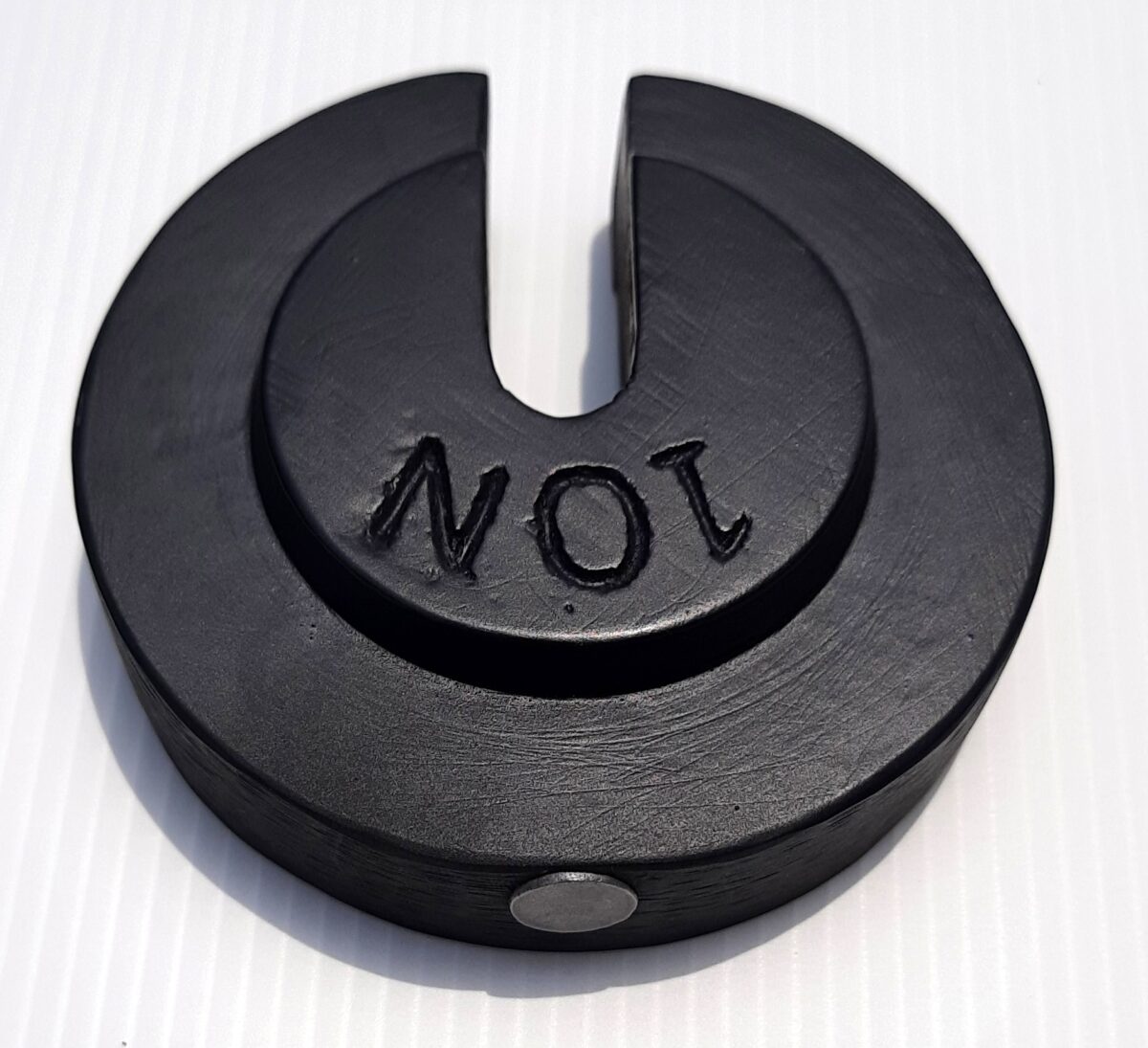



 represents the mass of the object undergoing an acceleration a {\displaystyle a}
represents the mass of the object undergoing an acceleration a {\displaystyle a}  . As a result, the newton may be defined in terms of kilograms ( kg {\displaystyle {\text{kg}}}
. As a result, the newton may be defined in terms of kilograms ( kg {\displaystyle {\text{kg}}}  ), metres ( m {\displaystyle {\text{m}}}
), metres ( m {\displaystyle {\text{m}}}  ), and seconds ( s {\displaystyle {\text{s}}}
), and seconds ( s {\displaystyle {\text{s}}}  ) as 1 N = 1 kg ⋅ m s 2 . {\displaystyle 1 {\text{N}}=1\ {\frac {{\text{kg}}\cdot {\text{m}}}{{\text{s}}^{2}}}.}
) as 1 N = 1 kg ⋅ m s 2 . {\displaystyle 1 {\text{N}}=1\ {\frac {{\text{kg}}\cdot {\text{m}}}{{\text{s}}^{2}}}.} 

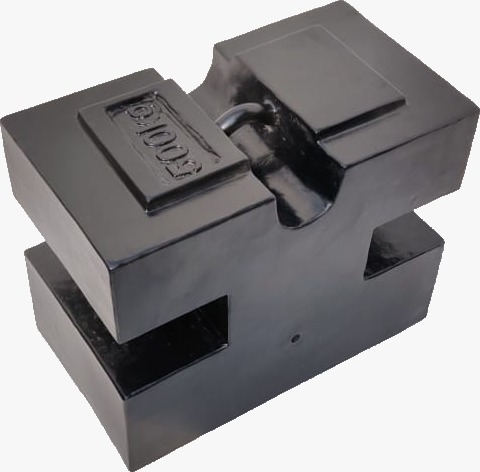
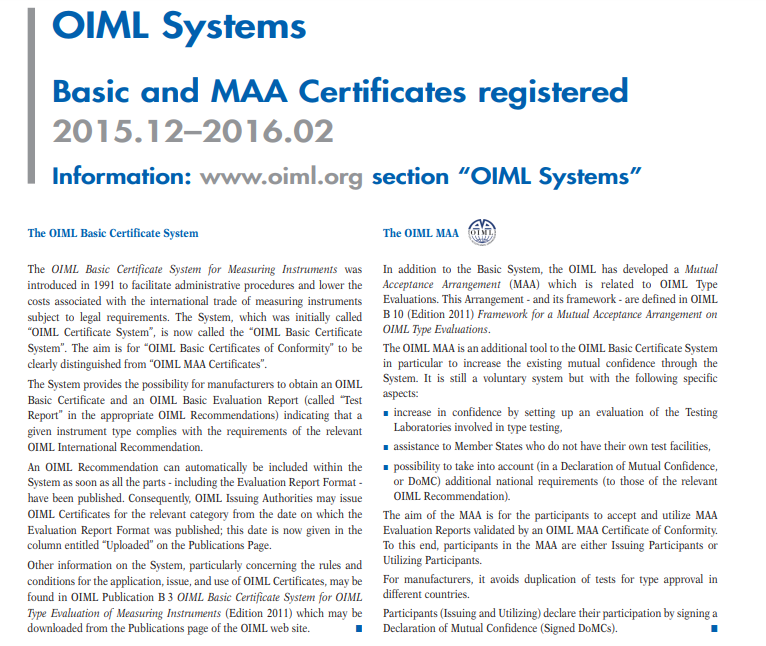
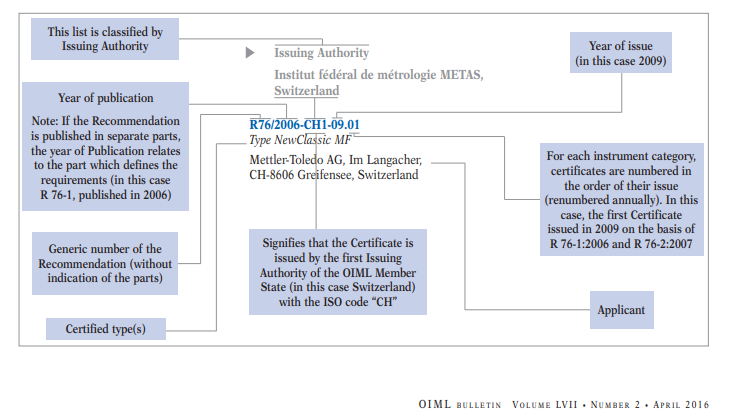
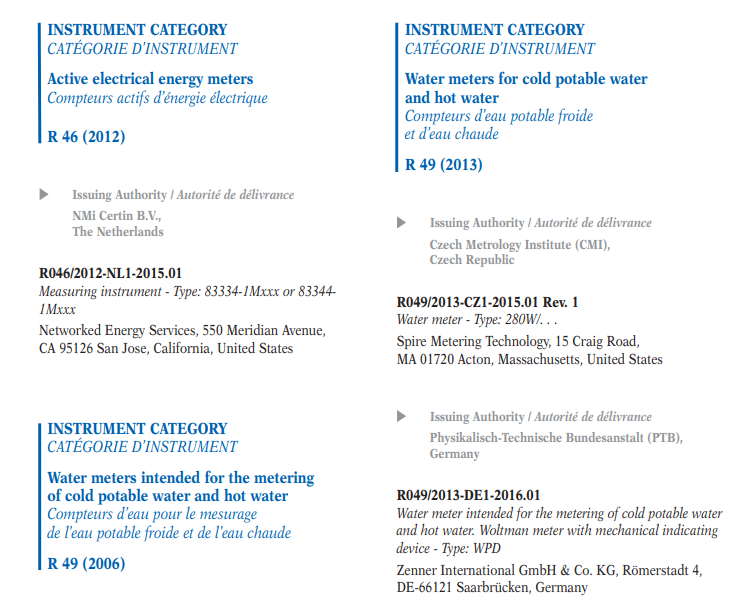




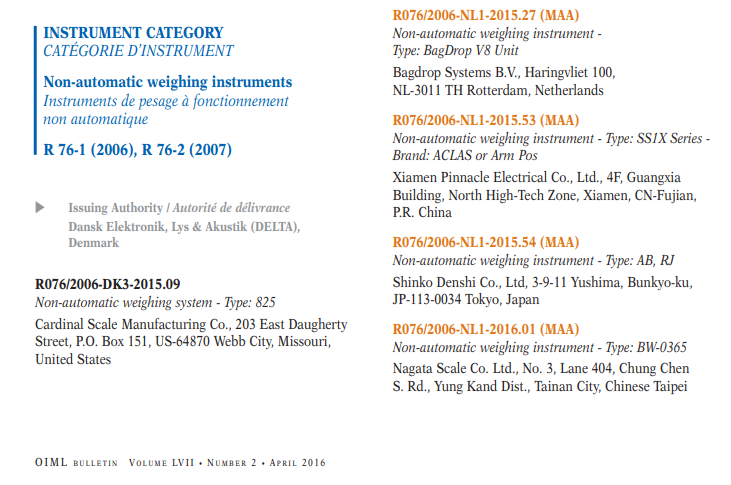
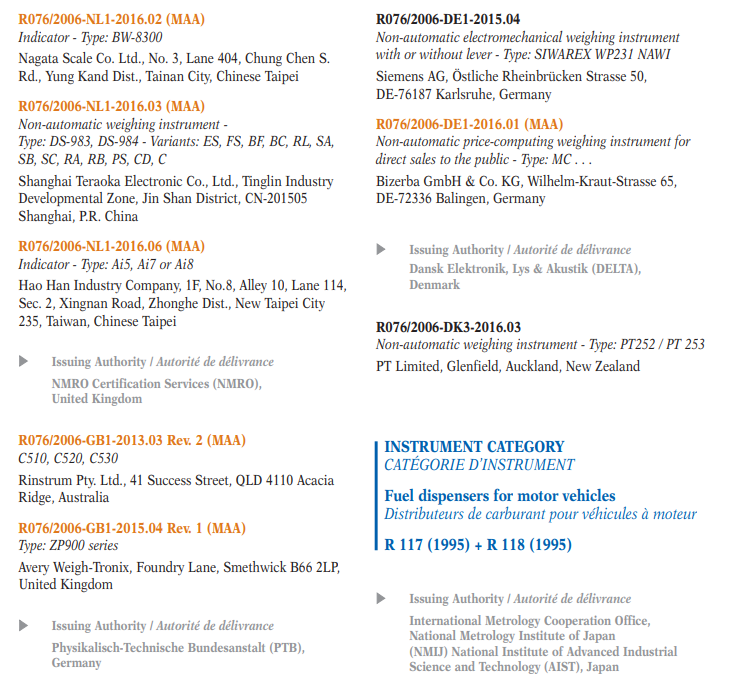
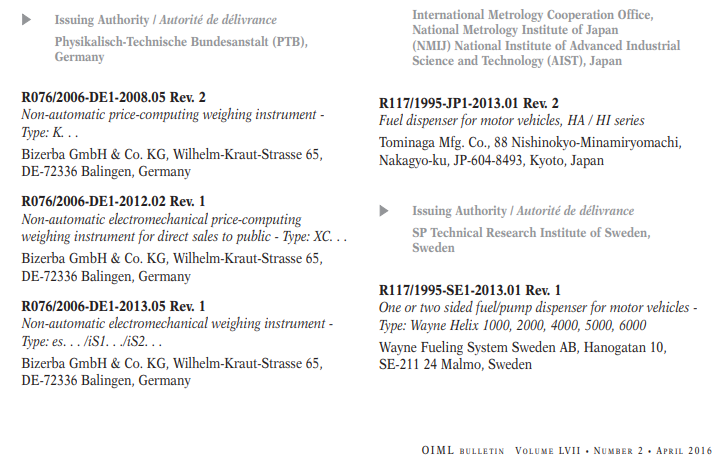
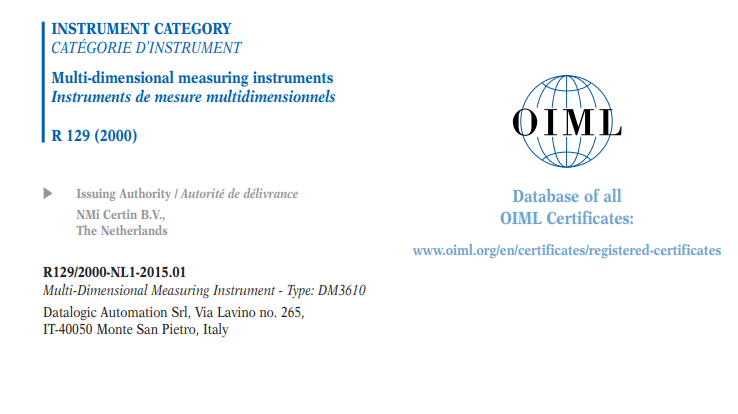
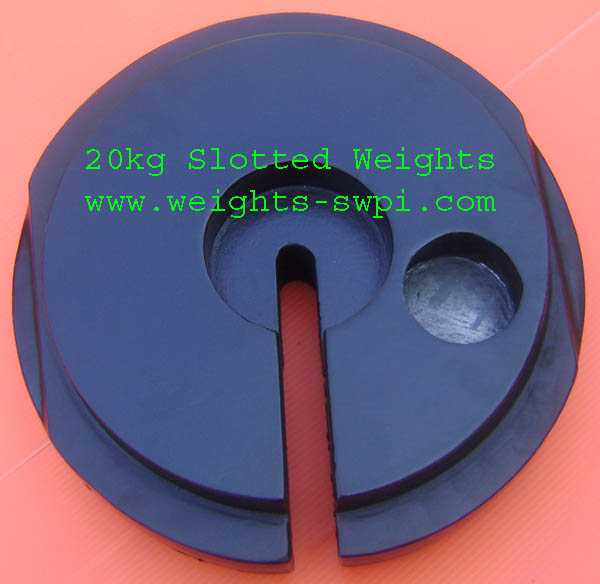
 Magazine: Weights & The Society
Magazine: Weights & The Society